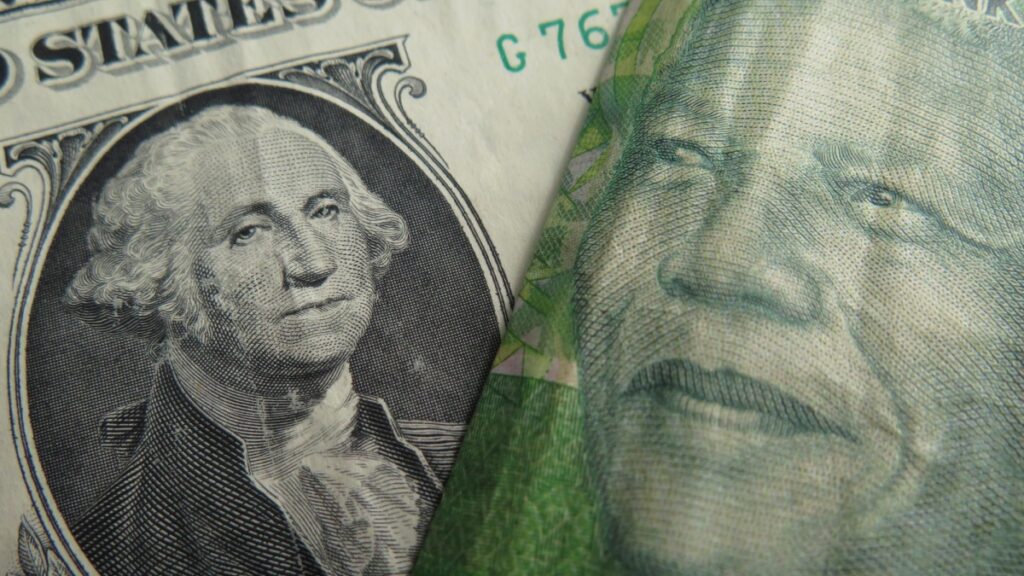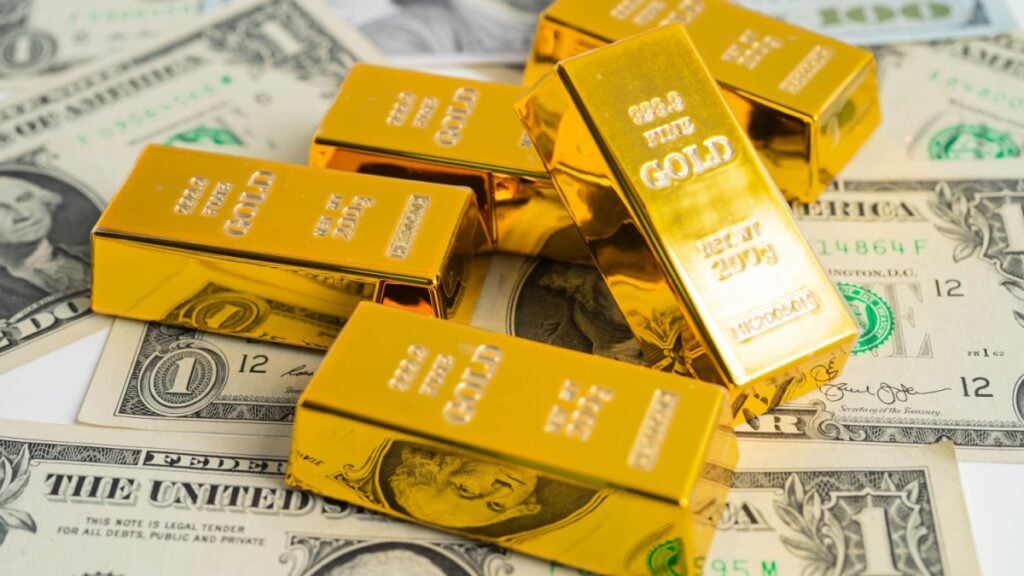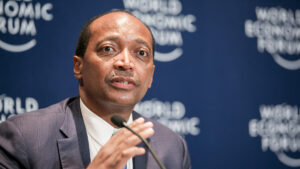Gold can hit $5,000 this year
Rising trade tensions between two of the world’s largest economies, China and the United States, could skyrocket gold prices, which are already on a record run.
The deVere Group CEO, Nigel Green, projects that gold prices could surge to as much as $5,000 an ounce if tensions between the United States and China continue to escalate
Green’s prediction comes as gold prices continue to hit new highs. In mid-April, the precious metal’s price breached $3,300 per ounce for the first time in its history.
Since the Russia-Ukraine conflict started in 2022, gold has become many investors’ safe-haven asset of choice, and its price has continued to grow ever since.
This rally has partly been driven by central bank buying and investors looking for assets that can hedge against global shocks.
These factors saw the gold price surge by over 100% over the past five years. On 22 April 2020, the price was around $1,700 per ounce. Now, the price stands at around $3,400/oz.
Green expects this rally to continue as global tensions rise and investors continue to look for safety while managing returns. This will become especially prominent in light of the United States’ ongoing trade war with China.
This battle started early this year, when United States President Donald Trump placed a 10% tariff on Chinese goods imported into the US.
A month later, this was raised to a 20% levy and, in April, Trump announced severe reciprocal tariffs on imports from nearly 60 countries, including China.
Specifically, the Trump administration hit China with 34% tariffs on goods imported into the United States.
Following the April announcement, the Asian nation retaliated by also implementing 34% tariffs on products imported from the United States, which ignited a trade war that is still ongoing.
Now, the latest figures stand at a 145% levy on Chinese goods imported into the United States, and 125% on US goods imported into China.
Both nations have made their willingness to keep this trade war going well-known, sparking fears of a significant and likely harmful shift in global trade.
Investors flock to safety

“The momentum is intensifying as the global investment community braces for what could become a prolonged, entrenched economic war between the two largest economies in the world,” Green said.
“The world is watching a strategic decoupling of the world’s two largest economies in real time.”
He explained that what began as a tariff spat is now evolving into a geopolitical and economic confrontation, with implications that stretch far beyond trade. “In this environment, gold is becoming the ultimate financial insurance,” he said.
The World Gold Council’s senior market strategists, Joseph Cavatoni and John Reade, previously explained that safe haven assets are investments that can stabilise a portfolio when other investments experience significant downturns or increased risk.
Gold is often touted as investors’ go-to safe-haven asset because it provides protection from inflation, diversifies portfolios, and is typically resilient to financial and economic crises.
This is why central banks around the world still turn to gold to provide a buffer during financial crises that could help stabilise their countries’ economies.
Green said investors are rapidly repositioning as the United States-China standoff deepens, tariffs rise, technology restrictions expand and capital markets fragment.
“The notion that either side will back down is fading fast. And as the risks of a full decoupling grow, so does the demand for gold. Capital seeks clarity. Right now, we have anything but that,” he said.
“The US and China are now competing not only economically, but ideologically. This is not a short-term cycle – it’s a long-term realignment. And it’s driving a seismic shift in portfolio strategy.”
While geopolitical uncertainty is nothing new to investors and has been a tailwind for the gold price for decades, Green pointed out that this time, it’s different.
This is because another well-loved safe-haven asset, the US dollar, is also on shaky ground amid the United States-China trade war.
Greenback on the back foot

Like gold, the US dollar and US bonds have long been considered “safe” investments during times of turmoil and uncertainty. However, Green explained that the US dollar is now losing its footing as United States-China tensions rise.
“Ironically, the more strained the relationship between Washington and Beijing becomes, the less confidence investors have in the dollar, and the more appealing dollar-denominated assets like gold become,” he said.
“It’s not just about diversifying away from the greenback – it’s about preparing for the consequences of a world where global trade flows, supply chains, and financial systems are being pulled in opposing directions.”
While this is bad news for the US dollar, Green said the political uncertainty within the United States is amplifying the gold rush.
He explained that the instability has given gold the opportunity to prove its strategic relevance and show why it has been considered the traditional store of value in times of upheaval for so long.
“Importantly, inflation risks are no longer viewed solely through the lens of economic cycles,” he said.
“With both Washington and Beijing engaging in massive state-driven industrial strategies and supply chain protectionism, inflationary pressures are being embedded into the new global order.”
“Unlike past episodes of inflation sparked by excess demand, this one is being structurally fuelled by economic nationalism.”
Green warned that the days of cheap, frictionless trade are behind us, and this comes with consequences, particularly for prices.
He said it means higher structural inflation, weaker currencies, and a renewed focus on hard assets, with gold sitting at the centre of all three.
“The current surge in price is not a speculative spike – it reflects a repricing of risk,” he said, adding that the next phase could be even more dramatic if US-China relations deteriorate further.
“Should Washington and Beijing continue to double down instead of de-escalate, we’ll see continuing significant inflows into gold. As the world becomes more fractured, investors will keep chasing safety.”







Comments